For indoor growers, adjusting the micro-environment of a grow tent is one of the main ways that you affect the success of your cannabis plants’ growth. When humidity levels get too low, it can dehydrate the plants and, depending on the stage of growth and the actual humidity levels, too dry of an environment can damage or ruin plants in your tent.
Humidity levels can be affected by airflow, temperature, and moisture sources in the grow tent. Optimal humidity levels will be different at different periods throughout your crop’s growth stages: younger plants like higher humidity, while more mature plants like a moderate amount. Monitoring the humidity and temperature throughout the life of your cannabis crop will help you ensure the best conditions for the highest yield from the plants.
how humidity affects plant growth
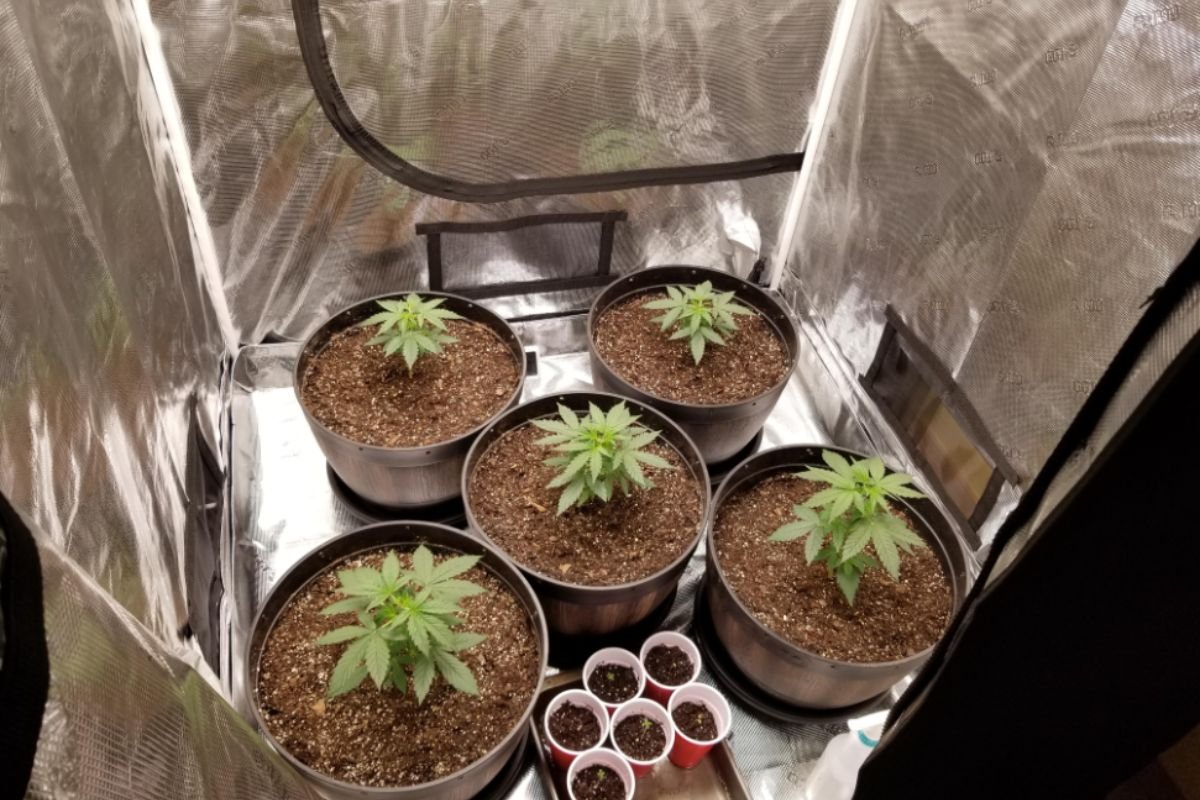
Humidity, or water vapor in the air, is an important element of the growing environment for plants. Some plants grow in very humid areas and are used to using the abundance of moisture in the air, while others are used to dryer conditions. Plants use their stomata, the pores on their leaves, to inhale carbon dioxide and some moisture from the air, and exhale oxygen that is a byproduct of photosynthesis.
These pores are also used to regulate their internal temperatures: when it’s too warm and/or dry, the stomata will close to prevent moisture loss. This can become a problem if the plant isn’t able to breathe, or if it loses too much moisture to dry or hot air. Warm air without much water vapor will have lots of open space to pull moisture from hydrated sources: warmth in the air transfers energy to water molecules and the energized molecules break from their source and float around in the air. The potential for this goes up the warmer the air is.
the difference between absolute humidity and relative humidity
High temperatures are a result of a lot of energy in the air. The particles and gasses in the air absorb and transfer energy, heating up whatever’s in their vicinity. The ability for warm air, with more energy, to absorb more moisture from things, including plants, in their vicinity is measured by the relative humidity, which changes with the temperature.
Relative humidity is the moisture content compared to how much water the air can hold at a certain temperature.
For example, a 70% humidity level at 60 degrees means the air isn’t holding as much moisture as 70% at 80 degrees, since the warmer air can hold more actual moisture.
This is a proportional measurement, in contrast with the absolute humidity, which measures the amount of moisture present in the air regardless of the temperature. Absolute humidity is measured in weight (grains) rather than a percentage of air saturation.
Humidity can be affected in a few ways, including using a humidifier and putting a water source in the grow tent to add more humidity to your grow tent. A spray bottle is often used to mist plants, but this won’t raise the humidity like evaporation will.
humidity for cannabis
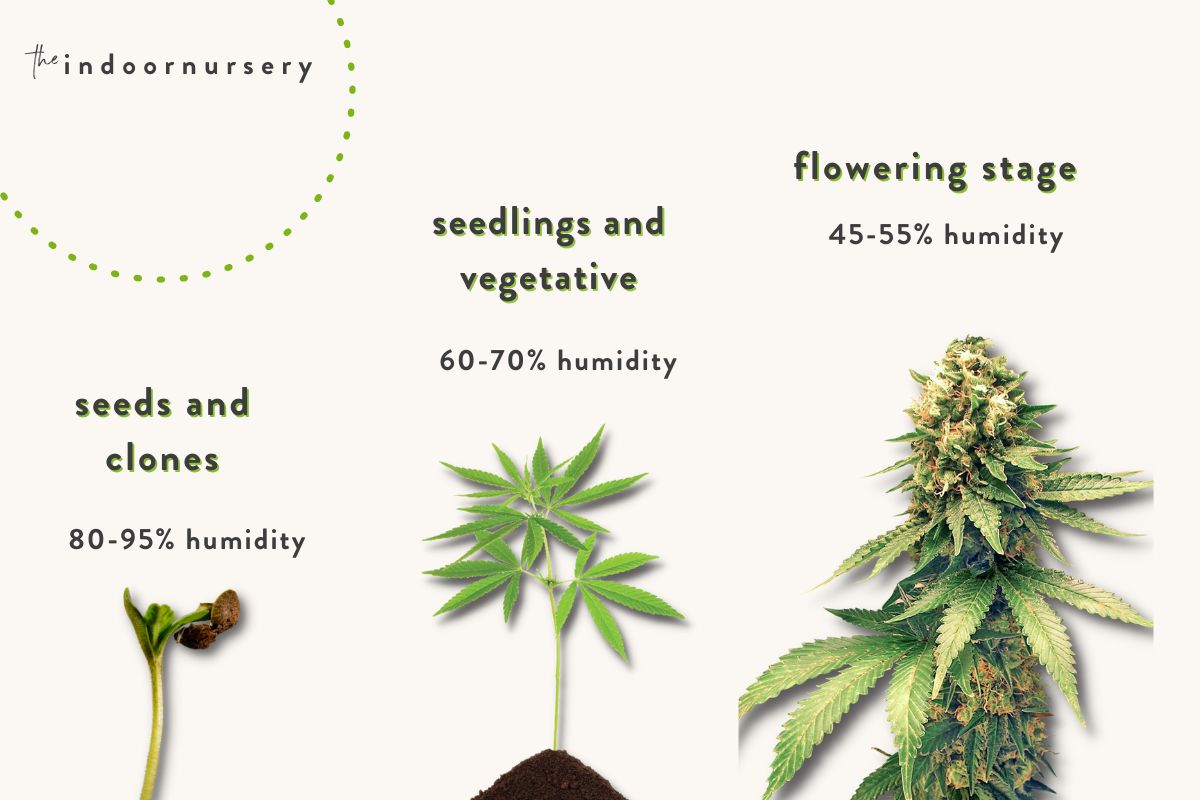
We measure the humidity in grow rooms by relative humidity because cannabis plants like a steady temperature range that doesn’t fluctuate too much over its lifetime (low-to-upper 70s), and cannabis likes different amounts of moisture at different stages of growth. Since the humidity levels should change throughout the crop’s lifetime, the best humidity for weed will be defined by the stage of the plant:
- Seeds and clones: 80-95% humidity
- Seedlings and vegetative plants: 60-70% humidity
- Flowering plants: 45-55% humidity
The need for these different levels of humidity comes from the plant’s conditioning in nature. Cannabis is native to north-central Asia, where it grows in a temperate, mountainous region that has wet springs, warm summers, and cool falls, with humidity levels dropping as the year goes on. In the spring, when temperatures are rising and there is lots of rain, seeds would naturally get a lot of moisture while they germinate and sprout. If seeds dry out at all, the germination process will stop since they have no moisture stored. Similarly, clone plants need a very humid environment since they don’t have roots at first and won’t be able to absorb or store any water, and will be reliant on moisture from the air.
Seedlings and vegetative plants have developed roots that they can store moisture in, but they still like a moderately humid environment (60-70% humidity). They’ll be growing quickly and absorbing lots of moisture from their soil and the air. Too dry of an environment can dehydrate the plant, and even damage leaf, stem, or root tissue. Wrinkling, curling, browning, wilting, and leaf loss are all signs of dehydration from low humidity.
When marijuana plants are flipped from their vegetative phase to flower, the humidity should gradually be lowered to 45-55%. Large, mature plants will have roots that store lots of moisture, and many leaves to absorb water vapor from the air as necessary. Any drier, and the plant will lose too much moisture at a time when all resources are being put towards flower production. The right amount of humidity is essential for a healthy plant and a high yielding harvest.
how to raise humidity in grow tent with a humidifier
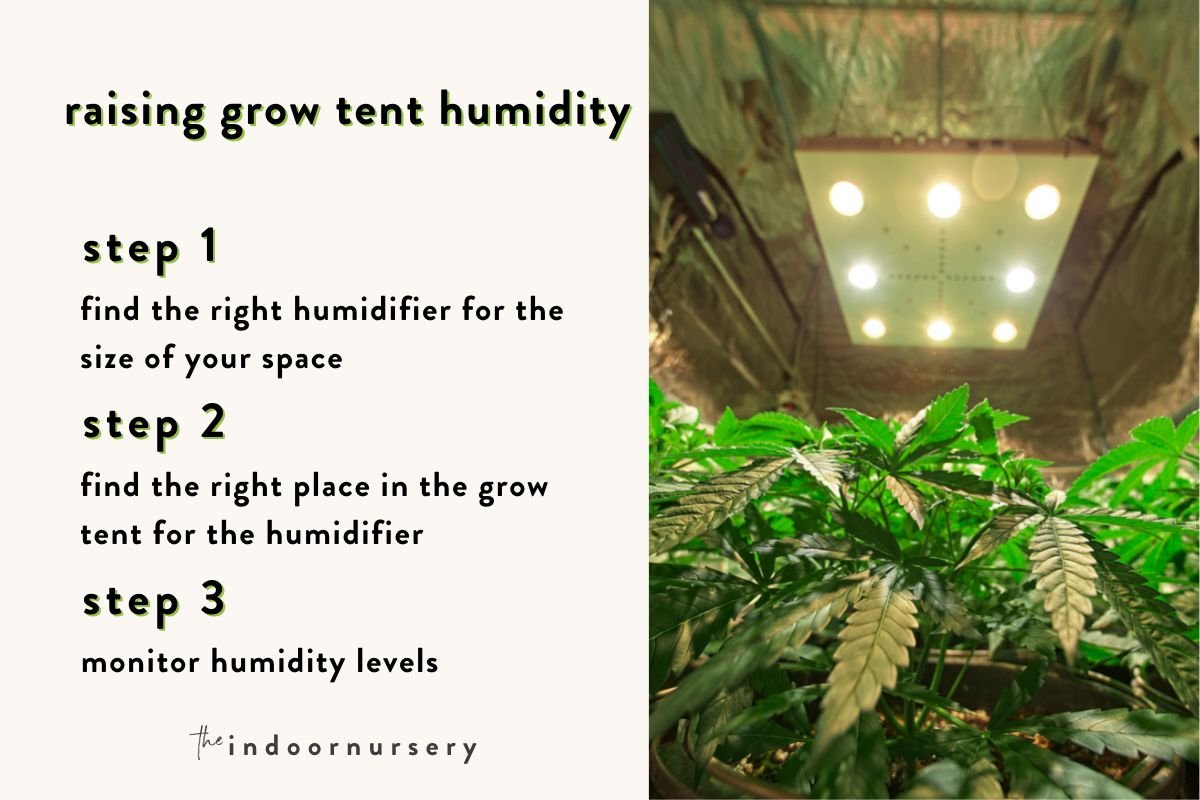
Step 1: find the right humidifier for the size of your space
Humidifiers, like tents, come in all sizes, so you should choose one that’s appropriate for your tent’s size. Too big of a unit may deliver too much moisture at once, and too small of one won’t raise it enough, or you may need multiple small units. Warm mist units may raise the temperature, while cool mist units are better at raising humidity without warming up the space.
Step 2: find the right place in the grow tent for the humidifier
Putting a humidifier in the wrong spot can be detrimental to your cannabis crop. When plants get too much moisture sprayed directly on them without being able to dry out, it creates the conditions for disease and mildew to take hold. If too much of the moisture dispersed collects on a plant’s surface, it won’t have an even effect on the tent’s humidity levels, especially in larger tents.
Step 3: Monitor humidity levels
Make sure that your humidifier isn’t delivering too much humidity, and that it’s turning on as necessary. Digital units have sensors that trigger the humidifier when it reaches a certain level, while timers for humidifiers shouldn’t be used since humidity will fluctuate regularly and can’t be kept on a schedule like watering or lighting.
how to raise the humidity in grow tent without a humidifier
If you don’t have space for a humidifier, or you don’t want the complexities that come with the machinery, there are many no-tech options to keep humidity management simple and straightforward. A hygrometer, which measures humidity, will guide you in knowing when the levels have been raised enough to keep the plants happy.
1. take advantage of standing water
If a grow tent’s humidity is low, warmth in the air will evaporate water from wherever it’s able to. Simply putting a container of water in the space will raise the humidity levels as the water evaporates over time. The size of your space will again guide you in choosing a container of the right size: a bowl or a bucket, or several of them. In larger tents, these can be placed strategically in different spots in the room to maintain even humidity levels.
2. use soaked sponges
A soaked sponge on a plate or tray will raise the humidity levels in the space as it dries, just like a container of water. This is an easy way to refresh humidity without putting too much water in the space at a time.
3. hang a wet towel
Hanging a wet hand towel in your grow tent, like a sponge, will raise humidity levels as it dries. Make sure the towel is hung and it isn’t bunched up, as it might not dry properly and can encourage mildew growth.
4. reduce ventilation
Air flow is an essential part of keeping the growing environment for your cannabis plants healthy and comfortable. If air moisture isn’t moving through the space, water vapor can collect on surfaces and be a supportive environment for disease or mildew to take hold. Lowering your ventilation fan to a minimum setting will slow the rate of humidity escape, allowing more to stay in at once without becoming too stale.
FAQ
how to lower temp and raise the humidity in a grow tent?
The environmental variables in your grow tent will affect each other, particularly light, temperature, and humidity. Grow lights give off heat, and if the temperatures rise too much, it may dry out the space. Lowering temperatures will, by default, lower the relative humidity and increase the moisture saturation of the air, since cooler air has less energy to hold moisture. If the air is still dry due to a lack of a water source, adding a cool-mist humidifier, a container of water, or a wet sponge or cloth will increase humidity without raising the temperature.
what humidity for drying cannabis?
Once you’ve harvested branches of marijuana, they should be hung to dry over several days (and trimmed about halfway through, when the flower isn’t too moist anymore). Humidity levels should be in the 55-60% range over about 2 weeks, although drying times will vary by grower or producer. If the space is too dry, the flower can dry out too much or too quickly and affect the end product.
final thoughts
When growing cannabis plants in tents, the right humidity level is integral to both the health and potential harvest. Too-dry conditions can stress the plant early, stunt its growth, and result in small flower size or a small yield. Luckily, grow tent environments are able to be adjusted, and changing the humidity level doesn’t require a lot of effort, just a little attention.
more about humidity
- The 6 Best Dehumidifiers For Grow Tents
- 7 Best Hygrometers For Indoor Plants
- 9 Best Plant Humidifiers For Indoor Jungle Vibes
- The best grow tent humidifier for indoor gardening
- How to increase humidity in a room with indoor plants
- How to fix low humidity leaf curl for humid-loving plants
- Where to place humidifier for plants (farther than you think)

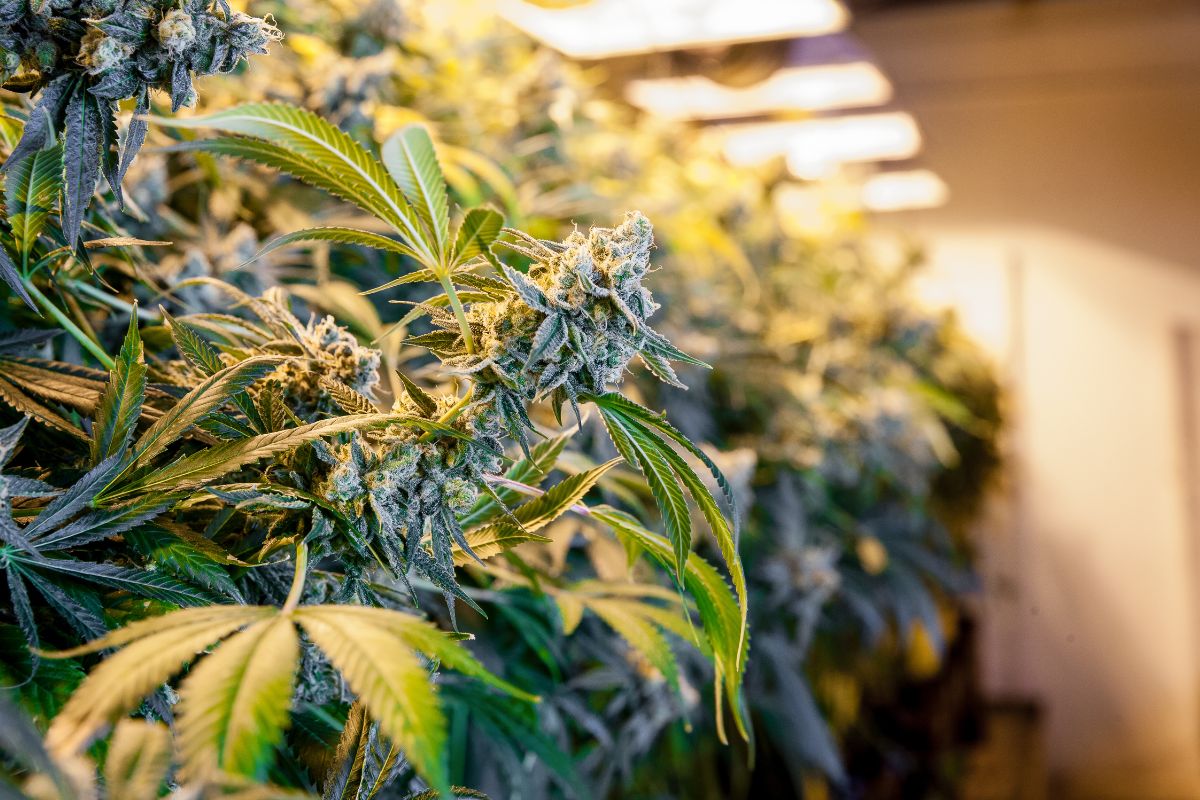
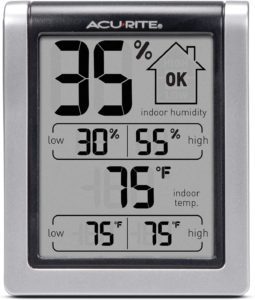
I was enjoying this grow guide until I came across an ad for Marco Rubio. Rubio is the enemy of all we hold dearly. I won’t be back and will inform others to stay away. Sorry, but you need to vet your donors.
Hey, Mike,
Thanks for letting us know! This is meant to be a place about gardening and the environment, so we’d also like to avoid political ads. I’ve contacted our ad service and asked them not to show any political ads, so those should stop soon. Thanks for reading and for your feedback 🙂
Much love,
Marquis